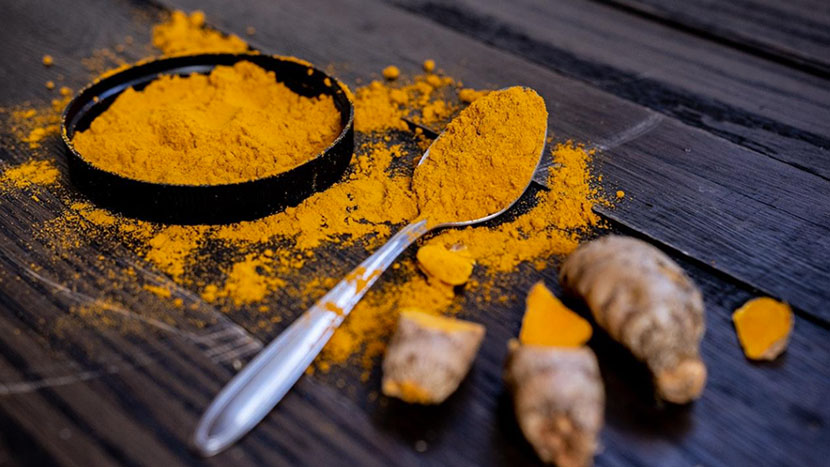A Quick Guide to Tumeric and Curcumin
Turmeric is one of the oldest food and medicinal plants known to man, with a 4,500-year-old history. Since the early part of the 1800s, turmeric was already mentioned in cookbooks. As a spice, turmeric is available in most grocery stores in North America and the United Kingdom. Still, most people in the West had never heard of or only recently heard of this valuable spice.
These days, however, turmeric is a word touted in many health food sites and shops. For example, coffee shops now serve turmeric lattes, turmeric smoothies, and various dishes and desserts with a touch of turmeric. You can take turmeric latte mix to enjoy a warm cup of golden milk anytime. If you are curious, here is a quick guide on the essential things to know about turmeric, which many people claim has several health benefits.
What is turmeric?
Turmeric is a plant that grows well in Southeast Asia and India, the world’s largest producers of turmeric. You can use fresh turmeric rhizome or root in several dishes, just like ginger. But more consumers prefer to buy it in powdered form, which they can use as a spice or add to their drinks.
Difference between turmeric and curcumin
Turmeric is the root of the turmeric plant, which is related to ginger. Turmeric is classified as a spice that comprises over 100 compounds. One of the compounds that interest many people and researchers is curcumin, an active compound that provides many of the health benefits of turmeric. Curcumin is also the source of the bright yellow color of the spice. However, only about five percent of the spice is curcumin compound.
Potential health benefits of turmeric/curcumin
The popularity of turmeric today comes from its potential health benefits, which you can credit to curcumin, one of the spice’s active compounds.
Relieves pain due to arthritis.
Curcumin contains many anti-inflammatory properties that can be an effective treatment for arthritis and other inflammatory conditions. In a study of 139 participants with knee osteoarthritis symptoms, they gave the participants a 50mg nonsteroidal anti-inflammatory drug (NSAID) twice a day or 500mg curcumin three times a day. The study, which lasted for one month, showed the pain-relieving effects of curcumin are similar to the effects of the NSAID. Moreover, the patients who took curcumin lost weight and had fewer side effects from the natural remedy.
It can possibly reduce symptoms of depression
A depressed person has a lower level of BDNF or brain-derived neurotrophic factor, a protein in the spinal cord and brain that manages the communication between nerve cells. Curcumin can help to regulate and enhance this, aiding in depression.
It can help manage diabetes.
The anti-inflammatory properties of turmeric can potentially help prevent type 2 diabetes by reducing high cholesterol, lowering blood sugar, and improving insulin resistance.
It can improve skin health.
The anti-inflammatory, antimicrobial, and oxidant-rich curcumin can help treat psoriasis, eczema, and acne.
While many people already believe in the health benefits of turmeric and curcumin, you should still seek your doctor’s advice before you start using turmeric or curcumin.

































































































